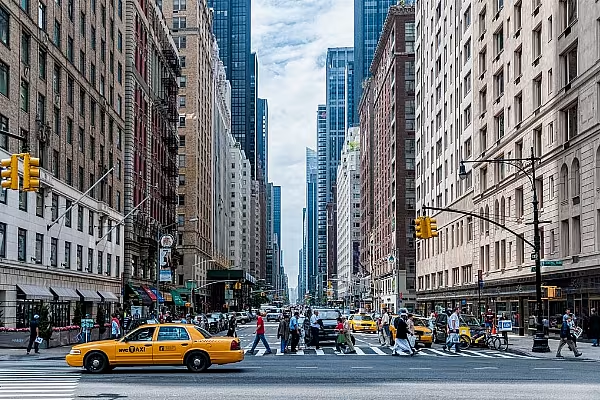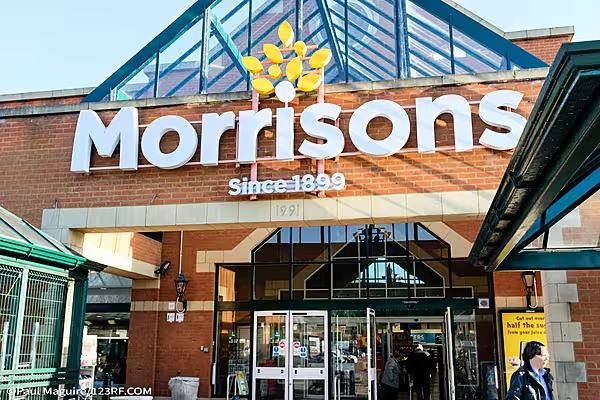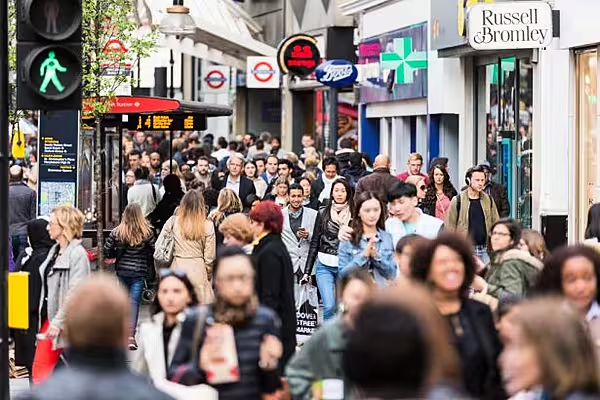US consumer prices were unexpectedly unchanged in May as cheaper gasoline offset higher costs for rental housing, but inflation likely remains too high for the Federal Reserve to start cutting interest rates before September against the backdrop of a persistently strong labour market.
The report from the Labor Department on Wednesday also showed underlying inflation pressures abated last month. It prompted financial markets to boost the probability that the US central bank would cut rates in September as well as in December, which had been diminished by news last week that job growth accelerated in May.
Fed officials later on Wednesday are expected to leave the central bank's benchmark overnight interest rate unchanged in the current 5.25%-5.50% range, where it has been since July.
"We don't know if the Fed has engineered a soft landing yet, but the economy is slowing and price pressures are sure to follow," said Christopher Rupkey, chief economist at FWDBONDS. "Inflation has turned the corner, and the first quarter blow-up is looking like it was an anomaly."
Consumer Price Index
The unchanged reading in the consumer price index last month followed a 0.3% increase in April, the Labor Department's Bureau of Labor Statistics reported. It was the softest reading since July 2022. The CPI has been trending lower since posting solid readings in February and March.
Economists polled by Reuters had forecast the CPI would edge up 0.1% in May. Price pressures could continue moderating as major retailers, including Target, TGT.N slash prices on goods ranging from food to diapers as they seek to lure inflation-weary consumers.
Higher inflation has soured Americans' perceptions of the economy, which has continued to expand despite the Fed's aggressive monetary policy tightening in 2022 and 2023, thanks to labour market resilience. Inflation has eroded US President Joe Biden's popularity and could be among the factors that will determine the outcome of the 5 November presidential election.
Last month, gasoline prices dropped 3.6% after increasing 2.8% in April. Food prices edged up 0.1% after being unchanged in April. Prices at the supermarket were unchanged amid a 1.3% drop in milk.
There were also decreases in the prices of nonalcoholic beverages. Prices of fruits and vegetables were unchanged.
But the cost of rent increased 0.4%, matching April's rise. In the 12 months through May, the CPI advanced 3.3% after increasing 3.4% in April. Though the annual increase in consumer prices has slowed from a peak of 9.1% in June 2022, inflation continues to run above the Fed's 2% target.
Rents Stabilising
The Fed has raised its policy rate by 525 basis points since March 2022. Following the CPI data, short-term interest rate futures implied about a 70% chance of a rate cut by September, compared with about a 54% probability earlier. Traders also added to bets on a second rate cut by December. Some economists are leaning towards a rate cut in December, but others are not sure the Fed will start its easing cycle this year.
US stocks opened higher. The dollar slipped against a basket of currencies. US Treasury yields fell.
Excluding the volatile food and energy components, the CPI climbed 0.2% in May. That was the smallest advance since last October and followed a 0.3% rise in April.
Owners' equivalent rent (OER), a measure of the amount homeowners would pay to rent or would earn from renting their property, gained 0.4% for a third straight month. Market rents have been trending lower, and that is expected to show in the CPI data this year.
"With most of the slowing in market rents yet to feed through to the CPI, and if the residual seasonality analysis is correct, then core inflation is poised to decelerate sharply in the second half of the year," said Conrad DeQuadros, senior economic advisor at Brean Capital.
Healthcare costs rose 0.5%, with prescription medication prices jumping 2.1%. The cost of hospital services increased 0.5%, but prices of physicians' services were unchanged. Prices for used cars and trucks index rebounded 0.6% after declining 1.4% in April. Education services cost more, but airline fares dropped 3.6% after falling 0.8% in April.
There were also decreases in the prices of new vehicles, communication, recreation apparel as well as household furnishings and operations. The cost of motor vehicle insurance, one of the major drivers of core inflation, declined last month.
In the 12 months through May, the core CPI increased 3.4%. That was the smallest year-on-year gain since April 2021 and followed a 3.6% advance in April.














